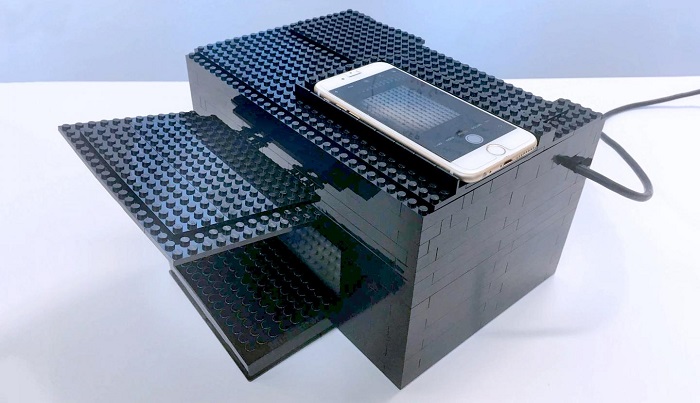Podcast: Play in new window

BOB HIRSHON (host):
A Lego nerve gas detector. I’m Bob Hirshon and this is Science Update.
First responders charged with the serious task of detecting the presence of deadly nerve gas can now use a simple device made out of Legos. UT, Austin organic chemist Pedro Metola says conventional nerve gas detectors cost tens of thousands of dollars and are tethered to a laboratory. But in a warzone, time is of the essence. So his team designed a portable detector box using Legos that holds a smartphone. If a sample contains a nerve agent, it will react with chemicals inside the box, producing different colors and intensities of fluorescent light depending on the type and amount present.
PEDRO METOLA (UT, Austin):
Analysis is very very easy, it’s just a matter of taking a picture with your smartphone and processing the data from that picture.
HIRSHON:
Metola’s team writes in ACS Central Science that the Lego detector can be reconfigured to fit any phone. I’m Bob Hirshon, for AAAS, the science society.
Story by Susanne Bard
